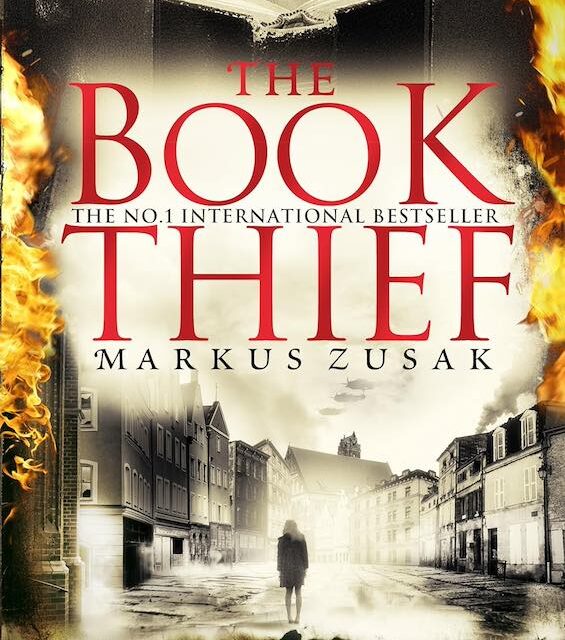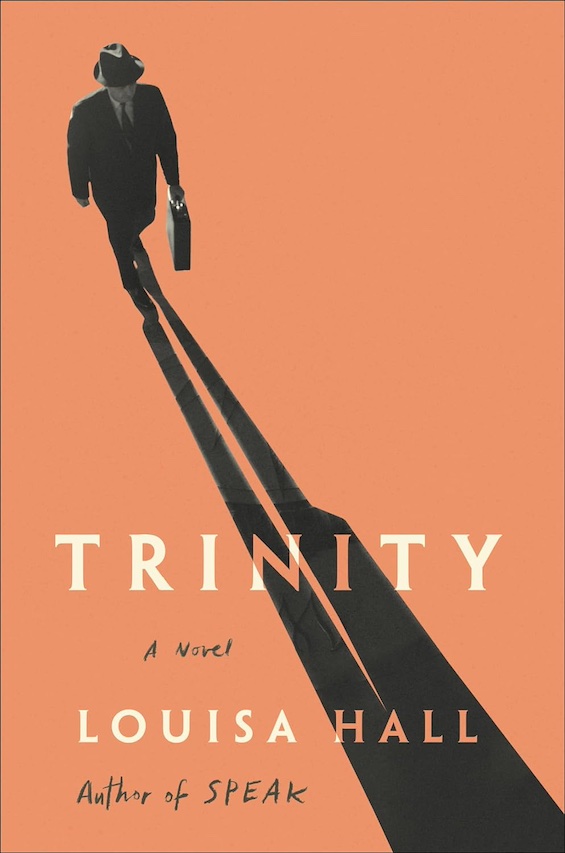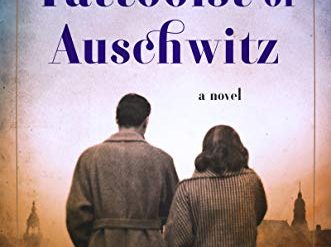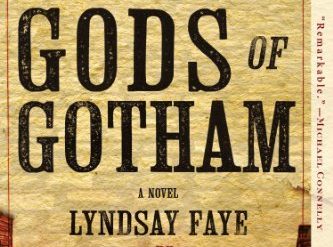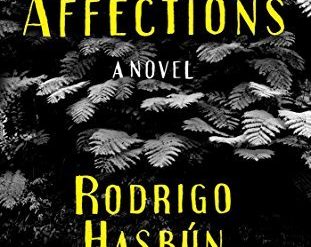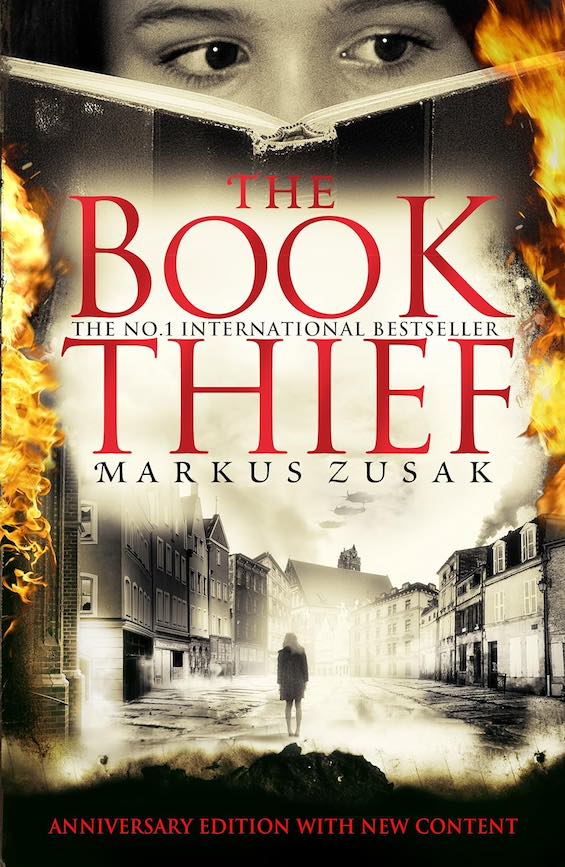
Estimated reading time: 5 minutes
It’s one of the oddest Holocaust stories I’ve ever come across, but one that was exceedingly popular. More than 500 weeks on The New York Times bestseller list. Translated into 63 languages and selling 17 million copies. The Book Thief was an international phenomenon, garnering an arm’s length of literary awards and recognition on innumerable “best books” lists. Yet for some reason I fail to understand, it’s universally categorized as a book for children or young adults. Certainly, the book is about children and teenagers. But it’s full of profanity. And there’s nothing juvenile about the content.
Set in the fictional town of Molching, Germany, The Book Thief is the story of young Liesel Meminger over the years 1938 to 1943 as Adolf Hitler’s evil fantasies play out. He sets Germany on a path to the Holocaust, the indiscriminate bombing of German cities by the US and Great Britain, and unsustainable loss on the ground at the hands of the Russians. This is, in fact, a book for readers of any age. And it’s one of the most deeply affecting books I’ve ever come across about the Holocaust without ever entering the gates of any ghetto or death camp.
A young girl grows up as war and the Holocaust rage in the background
Death narrates this story. He follows eight-year-old Liesel as her Communist father is hauled off to a concentration camp and her mother, destined for the same camp, delivers her to a foster family in Molching. Hans and Rosa Hubermann seem an odd couple at first, he a kindly, avuncular sort, and she an angry and verbally abusive woman who subjects everyone around her to profane insults. Books are Liesel’s sole source of comfort. First, the book she steals at the cemetery where her little brother is buried as they make their way to Molching. Then others she rescues from the Nazis’ book burnings in the center of town. And it’s with these books that Hans Hubermann teaches her to read, eventually far better than her schoolmates.
The Book Thief by Marcus Zusak (2006) 608 pages ★★★★★
One of Time Magazine’s 100 Best YA Books of All Time
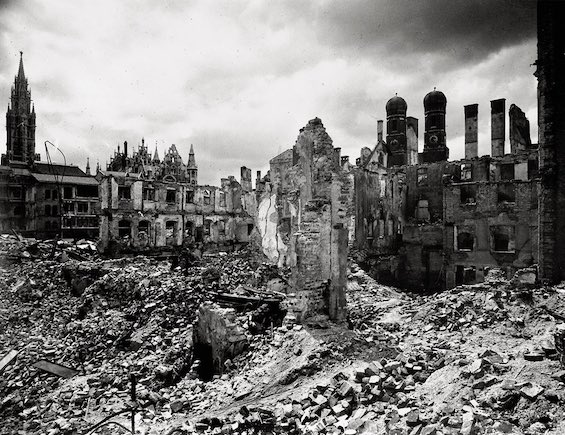
A (mostly) doomed cast of characters
Zusak centers his story on a handful of beautifully crafted characters:
- Liesel Meminger, orphaned by the Nazi regime, she loses her little brother on their way to their new foster home.
- Hans Hubermann, a skilled accordionist who is able to earn only a pittance in Germany’s wartime scarcity economy
- Rosa Hubermann, who’s not really the awful harridan she comes across to most people
- Max Vandenburg, a Jewish refugee and son of the man who taught Hans how to play the accordion and gave him the instrument
- Rudi Steiner, a gifted athlete, the boy next door and Liesel’s classmate and friend
- The mayor’s wife, who lives in a palatial home on a hill and sits moping for days on end in her book-stuffed library
Dachau
In The Book Thief, the Nazi concentration camp at Dachau lies nearby, a constant reminder that Jews and others deemed undesirable by the Party do not share in the lives of the people of Molching.
What remains today of Dachau concentration camp sits about twenty miles from the metropolis of Munich. The town of Olching, apparently Zusak’s model for his fictional city, lies nearby. During World War II, the Western Allies bombed Munich—and, because their bombs often strayed, its environs, too. But Munich escaped the worst, suffering far less than Hamburg, Dresden, Berlin, and the industrial cities of the Ruhr.
The first concentration camp
Dachau was the first of the 44,000 Nazi concentration camps and ghettos. It opened in March 1933, serving at first as a prison for Communists, Social Democrats, trade unionists, and other political opponents of Hitler’s regime. Later, SS guards assigned to other concentration camps trained there. After Kristallnacht (November 10–11, 1938), the Nazis began crowding thousands of Jews into Dachau. In 1942, it became a death camp with the construction of crematoria. According to the Holocaust Encyclopedia, “Scholars believe that at least 40,000 prisoners died” there. But Dachau housed a total of more than 200,000 prisoners from 1933 to 1945.
Today, little remains of the vast prison complex that was Dachau during the war. Residents of the area destroyed most of the structures standing there. But the camp is now a museum, with many buildings restored. It houses a collection of photographs documenting what went on there during the war.
My wife and I visited Dachau in 2021. It was a haunting experience.
About the author

Marcus Zusak is an Australian author. Born in Sydney in 1975, he was the youngest of four children of immigrant parents from Germany and Austria. He began writing fiction at age 16. The Book Thief is his best-known work. It was an international bestseller and brought him numerous awards. He studied English and history at the University of New South Wales, leaving with a BA and a Diploma of Education which he put to use as a high school English teacher for a time before turning full-time to writing. Zusak is the author of six novels.
For related reading
You might also enjoy:
- The 10 best novels about World War II
- Good books about the Holocaust
- 10 top nonfiction books about World War II
And you can always find my most popular reviews, and the most recent ones, on the Home Page.

